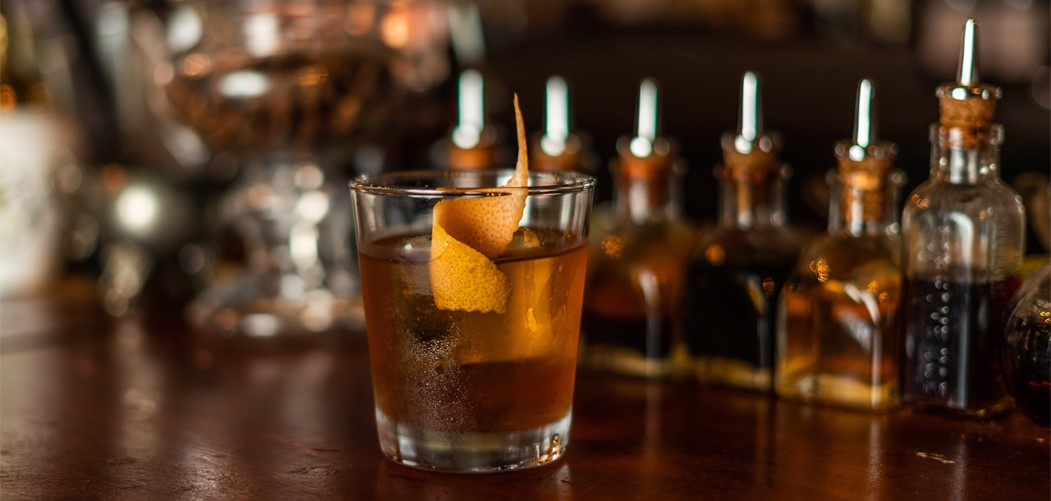
Chances are, if you’ve been into a bar that serves mixed drinks over the last decade, you will have encountered a small army of brown glass or cut crystal bottles, often with cryptic labels like “Tiki," “Wormwood” or “Hermes.” These bottles are filled with bitters, and they are much more important to your drink than most people think.
Twenty-first-century bartenders create their own proprietary bitters recipes to enhance your drinks in myriad complex and interesting ways, infusing tinctures of rare spices, exotic citrus and their ilk.
Flash back not too long ago and nearly every drinking establishment had a dusty old bottle of Angostura Bitters on its shelves.
In places like Trinidad & Tobago and Venezuela that bottle has never gathered dust. Instead, it has been a part of everyday life since a German doctor invented the first bitters in 1824. Dashes of the bitter mix are added to food dishes as a flavour enhancer and to soda and lime for refreshment. Bitters even cure hiccups.
Bitters were a common part of society back then; a category of cure-all, concentrated alcoholic products usually infused with bitter herbs, spices and fruits, often with a secret recipe and outlandish claims to heal everything from headaches to flatulence.
Angostura Bitters along with their bitter, herbal brethren form a key component of every true “cocktail.” I use the quotation marks because in modern parlance, the term cocktail is used for every mixed drink whether long, short, sour, strong or ridiculously sweet. However, this wasn’t always the case.
In 1800, the term "cocktail" was defined clearly as “spirit of any kind, sugar, water and bitters."
While this means that your favourite whiskey sour, Singapore sling or mint julep is not truly a cocktail, it also helps to explain the birth of one of the most popular cocktails of all time, the venerable "old fashioned."
One prevalent spirit in the cocktails of the early 19th century was brandy. It was cheap, plentiful, rich and boozy. The brandy cocktail was quick to make, deliciously balanced and strong. This cocktail ruled the bars until the grain whiskey from the United States became more accessible and the grapes used to make brandy in the Old World were wiped out by phylloxera bugs.
After that, people switched to the whiskey cocktail, and this stirred mix of unrefined sugar, bitters and rye whiskey remained en vogue through to the 1860s when bartenders started ad-libbing by adding seltzer waters, muddled oranges, cherries and other fruits at will.
This prompted discerning cocktail drinkers to change their order: “I’ll take a whiskey cocktail bar-keep, but can you please make it the old-fashioned way?”
Bitters still form an intrinsic part of cocktails like the Manhattan (Abbott’s bitters), the Sazerac (Peychaud’s bitters) and even the early forms of the dry martini (orange bitters), and every modern twist on those classics.
And they still cure hiccups, too.
Jim Wrigley is the beverage manager at Kimpton Seafire Resort + Spa.
--------
This article appears in print in the December 2020 edition of Camana Bay Times.